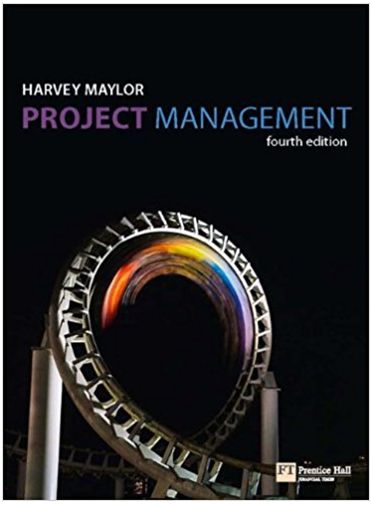Forecasting at Hard Rock Cafe With the growth of Hard Rock Cafefrom one pub in London in 1971 to more than 145 restaurants in 60
Forecasting at Hard Rock Cafe With the growth of Hard Rock Cafefrom one pub in London in 1971 to more than 145 restaurants in 60 countries todaycame a corporate-wide demand for better forecasting. Hard Rock uses long-range forecasting in setting a capacity plan and intermediate-term forecasting for locking in contracts for leather goods (used in jackets) and for such food items as beef, chicken, and pork. Its short-term sales forecasts are conducted each month, by cafe, and then aggregated for a headquarters view.
The heart of the sales forecasting system is the point-of-sale system (POS), which, in effect, captures transaction data on nearly every person who walks through a cafe's door. The sale of each entre represents one customer; the entre sales data are transmitted daily to the Orlando corporate headquarters' database. There, the financial team, headed by Todd Lindsey, begins the forecast process. Lindsey forecasts monthly guest counts, retail sales, banquet sales, and concert sales (if applicable) at each cafe. The general managers of individual cafes tap into the same database to prepare a daily forecast for their sites. A cafe manager pulls up prior years' sales for that day, adding information from the local chamber of commerce or tourist board on upcoming events such as a major convention, sporting event, or concert in the city where the cafe is located. The daily forecast is further broken into hourly sales, which drives employee scheduling. An hourly forecast of $5500 in sales translates into 19 workstations, which are further broken down into a specific number of wait staff, hosts, bartenders, and kitchen staff. Computerized scheduling software plugs people in based on their availability. Variances between forecast and actual sales are then examined to see why errors occurred.
Hard Rock doesn't limit its use of forecasting tools to sales. To evaluate managers and set bonuses, a three-year weighted moving average is applied to cafe sales. If cafe general managers exceed their targets, a bonus is computed. Todd Lindsey, at corporate headquarters, applies weights of 40% to the most recent year's sales, 40% to the year before, and 20% to sales two years ago in reaching his moving average.
An even more sophisticated application of statistics is found in Hard Rock's menu planning. Using multiple regression, managers can compute the impact on demand of other menu items if the price of one item is changed. For example, if the price of a cheeseburger increases from $7.99 to $8.99, Hard Rock can predict the effect this will have on sales of chicken sandwiches, pork sandwiches, and salads. Managers do the same analysis on menu placement, with the centre section driving higher sales volumes. When an item such as a hamburger is moved off the centre to one of the side flaps, the corresponding effect on related items, say French fries, is determined.
Question:
What is the role of the POS system in forecasting at Hard Rock?
Step by Step Solution
There are 3 Steps involved in it
Step: 1

See step-by-step solutions with expert insights and AI powered tools for academic success
Step: 2

Step: 3

Ace Your Homework with AI
Get the answers you need in no time with our AI-driven, step-by-step assistance
Get Started


